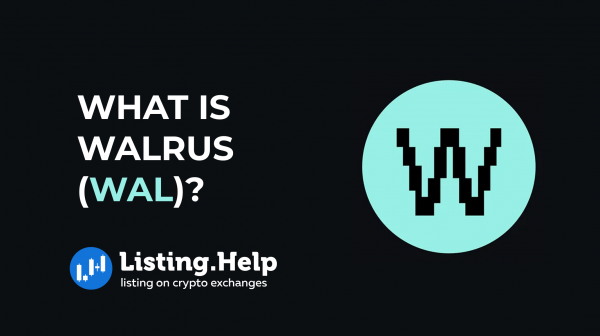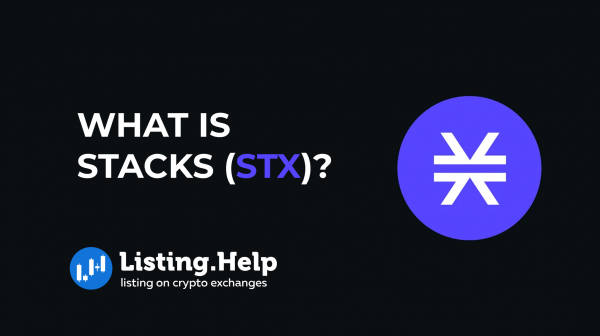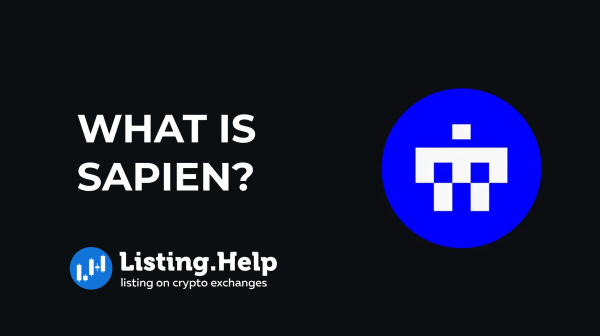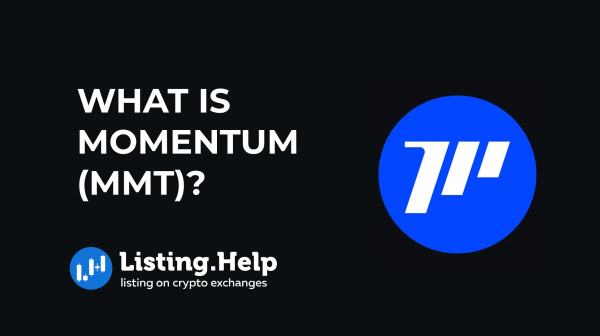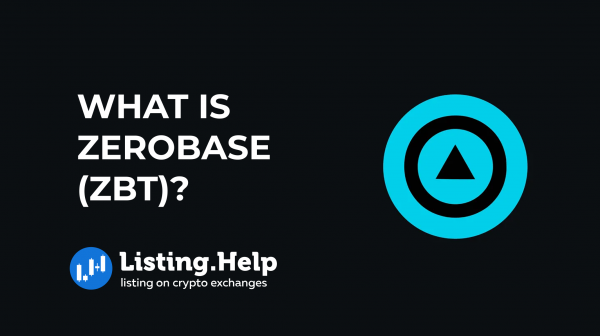What is NFT Lending? Types of NFT Loans
 March 5, 2024
March 5, 2024 Updated: January 27 2025, 07:19
Updated: January 27 2025, 07:19
LEAVE A REQUEST
Launching your own token project? Our experts are ready to help with listing on exchanges, market making, marketing and other solutions
SUBMIT APPLICATIONNFT lending is a novel financial concept utilizing non-fungible tokens as collateral. It offers an opportunity for individuals engaged with NFTs to monetize their digital holdings while retaining ownership, safeguarding their chance for future gains.
Amid a recent decrease in trading volumes within the market, there’s been a noticeable rise in new platforms and products aimed at valorizing these digital assets. NFT lending is a key innovation in this dynamic environment.
Participants in NFT lending can use their digital assets or capital to secure better returns, enhance the liquidity of their holdings, and explore additional income avenues.
What are NFT Loans?
While traditional DeFi practices commonly involve using fungible tokens like bitcoin and ether for securing loans, the ascent of NFTs in both value and popularity has led to the advent of platforms that enable owners to collateralize their digital assets for financial loans.
Premier NFT collections, some comprising items valued in the high tens of thousands, offer owners a chance to gain liquidity quickly without relinquishing their valuable digital assets. This innovative loan structure marries DeFi’s mechanisms with the burgeoning sectors of digital art, collectibles, virtual real estate, and other one-of-a-kind tokenized assets, broadening the horizon of what’s financially possible in the digital realm.
Minimum Collateral Ratio
The Minimum Collateral Ratio (MCR) is an essential figure in the realm of NFT lending, delineating the lowest level of collateral required for a borrower to secure and maintain their loan. To mitigate the risks associated with the fluctuating values and potential liquidity challenges of NFTs, loans in this domain are typically overcollateralized. This precaution ensures that lenders have a means to recuperate their funds by claiming and offloading the NFT if the borrower does not fulfill their repayment responsibilities, with this process often automated through smart contracts.
Maintaining the MCR is vital for borrowers utilizing their NFTs as security throughout the loan’s life cycle. The value of this collateral fluctuates in tandem with the NFT’s market price.
Broadly speaking, once the particulars of the loan, like interest rates and the NFT’s appraisal, are settled, borrowers secure their NFT into a smart contract, initiating the lending process.
How Does NFT Lending Work?
The NFT lending mechanism mirrors traditional crypto lending, unfolding in several key phases:
Step 1
NFT owners leverage their digital assets as security to obtain a loan on a platform specializing in such transactions.
Step 2
The value assessment is conducted by the platform or community. Established NFTs with a solid market history are easier to appraise compared to their newer counterparts, which might present challenges due to their uniqueness and value subjectivity.
Step 3
Once the asset’s value is determined, funds are loaned to the owner, generally in stablecoin, with the NFT held in a smart contract. This contract specifies all loan conditions, including amount, period, and rate, and retains the asset until the loan is repaid.
Step 4
To regain their asset, the owner must settle the loan. Non-repayment leads to the asset’s transfer to the lender through the smart contract, a process known as liquidation.
Types of NFT Loans
Peer-to-Peer Lending
This approach mimics direct transactions, facilitating straightforward agreements between two parties.
Within this framework, an NFT owner lists their item to secure a loan. Lenders propose conditions, highlighting terms and durations. The owner then selects the most suitable offer, initiating the fund transfer and cementing the arrangement.
Following the agreement, the NFT is safeguarded in a digital repository until the loan conditions are satisfied. If the owner settles the debt, they retrieve their asset, and the lender receives the predetermined interest. In cases of non-repayment, the lender might renegotiate or assume ownership of the digital asset.
Peer-to-Pool NFT Lending
This variant offers a streamlined process, connecting borrowers to a shared fund rather than individual lenders, enhancing speed and liquidity.
Borrowers place their NFTs into a smart contract, receiving a loan proportional to the asset’s value, with interest rates fluctuating based on the fund’s activity.
If the NFT’s market value drops, impacting the loan-to-value ratio, liquidation could be triggered. A robust collateral ratio acts as a protective measure, minimizing the risk of losing the borrowed amount.
Three-Actor Model
An innovative three-actor lending model has been unveiled to boost liquidity in the NFT lending realm, providing an alternative to conventional peer-to-pool approaches.
This model introduces a trio in the lending process: the borrower, the lender, and a strategist. Here, the borrower offers their NFT as collateral without needing a direct connection with the lender.
Interaction between the lender and borrower is facilitated through a vault managed by the strategist, whose job it is to develop strategies that align the interests of both parties, ensuring beneficial outcomes.
NFT Renting and Leasing
This model allows for a permissionless interaction where NFT owners can lease out their assets, secured by smart contracts.
Owners determine a leasing fee, moving away from traditional loan structures. Upon agreement, this fee is paid to the owner, and the NFT is held in escrow by a smart contract.
Leasers get to enjoy the benefits associated with the NFT during the rental period. At the end of this term, the NFT will be returned to its owner.
Such a model enables NFT owners to earn revenue from their digital assets, ensuring a continuous income while also benefiting from any appreciation in the asset’s value.
Risks of NFT Lending
Engaging in NFT lending comes with inherent uncertainties, primarily due to the unpredictable nature of NFT valuations and their relatively lower liquidity compared to mainstream cryptocurrencies. These aspects can introduce complexities for lenders aiming to recover their investments in default scenarios.
Essential considerations encompass:
– Value Fluctuations: NFT valuations are notoriously unstable, which can complicate establishing a precise value for loan collateral. A significant drop in the NFT’s worth might prompt a liquidation.
– Selling Challenges: The relative illiquidity of NFTs compared to more conventional digital assets could pose hurdles for lenders attempting to sell the NFT for fund recovery if the borrower defaults.
– Contractual Vulnerabilities: NFT lending relies heavily on smart contracts, which are not immune to defects or security loopholes that could be exploited, risking assets or capital.
– Legal Ambiguities: The regulatory landscape for NFT lending remains in flux, with potential future regulations potentially affecting the practice’s feasibility or introducing new compliance demands.
Conclusion
The rise of NFTs, which tokenize everything from digital artwork to real estate, marks a significant shift in the digital asset landscape. NFT loans, as an innovative facet of DeFi, provide a novel way for owners of these unique assets to access liquidity, heralding a new era in financial possibilities.

For further insights into the latest trends and developments in blockchain technology, we invite you to explore our blog at Listing.Help.







 December 22, 2025
December 22, 2025 